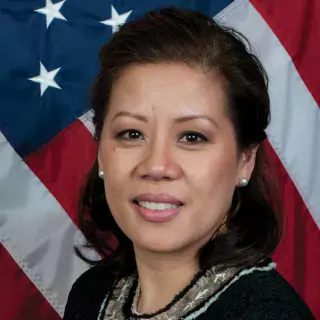The Gender Pay Gap and Its Effect on Women’s Retirement Savings
Today is Equal Pay Day—a date that symbolizes how far into the next year women must work to earn what men earned in the previous year.
Today’s WatchBlog post looks at our work on the gender pay gap—the disparity between what men and women earn—and its long-term effects on women’s retirement savings.
Image

Gender Pay Differences in the Federal Workforce
As the nation’s largest employer, the federal government employed about 2.7 million workers in 2019. According to the Office of Personnel Management, about 44% of this workforce is female—a slightly smaller percentage than in the entire U.S. workforce (an estimated 47%).
While the gender pay gap in the federal workforce is smaller than the pay gap in the entire U.S. workforce, there is still a gap. Our recent report found that women in the federal workforce earned 93 cents for every dollar earned by men in the federal workforce in 2017. That year, women in federal jobs earned about $6,000 less than men, on average. We also found that the pay gap was greater for certain groups of women, including most women of color.
What do we know about the reasons for the current pay gap between men and women among federal workers?
We analyzed data that included factors—such as occupation, education, experience, veteran status, race and ethnicity, and federal agency—to see if there were measurable differences that might explain the pay gap.
We found that only 1 cent of the 7-cent pay gap was explained by these factors. The remaining 6 cents of the pay gap was unexplained. What we couldn’t measure were factors such as discrimination and individual choices. These might also explain the existence of a pay gap.
Equal Pay Day and women of color
Equal Pay Day is based on average pay for all women, as compared to average pay for all men. However, some groups of women must work even farther into the year to earn what White men earned in the previous year. For example, this year, Equal Pay Day is in August for Black women, September for Native American women, and October for Latina women. For Asian-American and Pacific Islander women, Equal Pay Day was in early March this year.
We found a similar trend among federal workers in 2017. In our report, we compared the pay gap for women of different races and ethnicities to White men’s pay. We found that the pay gap was greater for Hispanic/Latina women, Black women, and American Indian or Alaska Native women than for White women and Asian, Native Hawaiian, or Pacific Islander women, after accounting for measurable factors that affect pay.
Unequal pay leaves women less secure in retirement
Even though it is significantly smaller than it once was, the gender pay gap remains and is having a significant impact on women’s ability to save for retirement. In September 2020, Comptroller General of the United States and head of GAO, Gene Dodaro, testified about the unique challenges women face saving for retirement, including lower lifetime earnings due to unequal pay.
We found that women reported annual contributions to retirement accounts that were around 30% lower than men’s contributions.
Most women have less income to maintain their living standards in retirement than they did when they were working, and, on average, they are increasingly relying on Social Security in retirement as their main source of income.
We interviewed nearly 200 older women across the country to learn more about their thoughts on retirement security. Women told us that they feared they would be unable to pay their future expenses. Some of the women expected their financial situations to deteriorate during retirement and some reported being in debt already, not having savings, and needing to continue working to make ends meet. Watch our video to find out more about what these women said.
- Comments on GAO’s WatchBlog? Contact blog@gao.gov.






